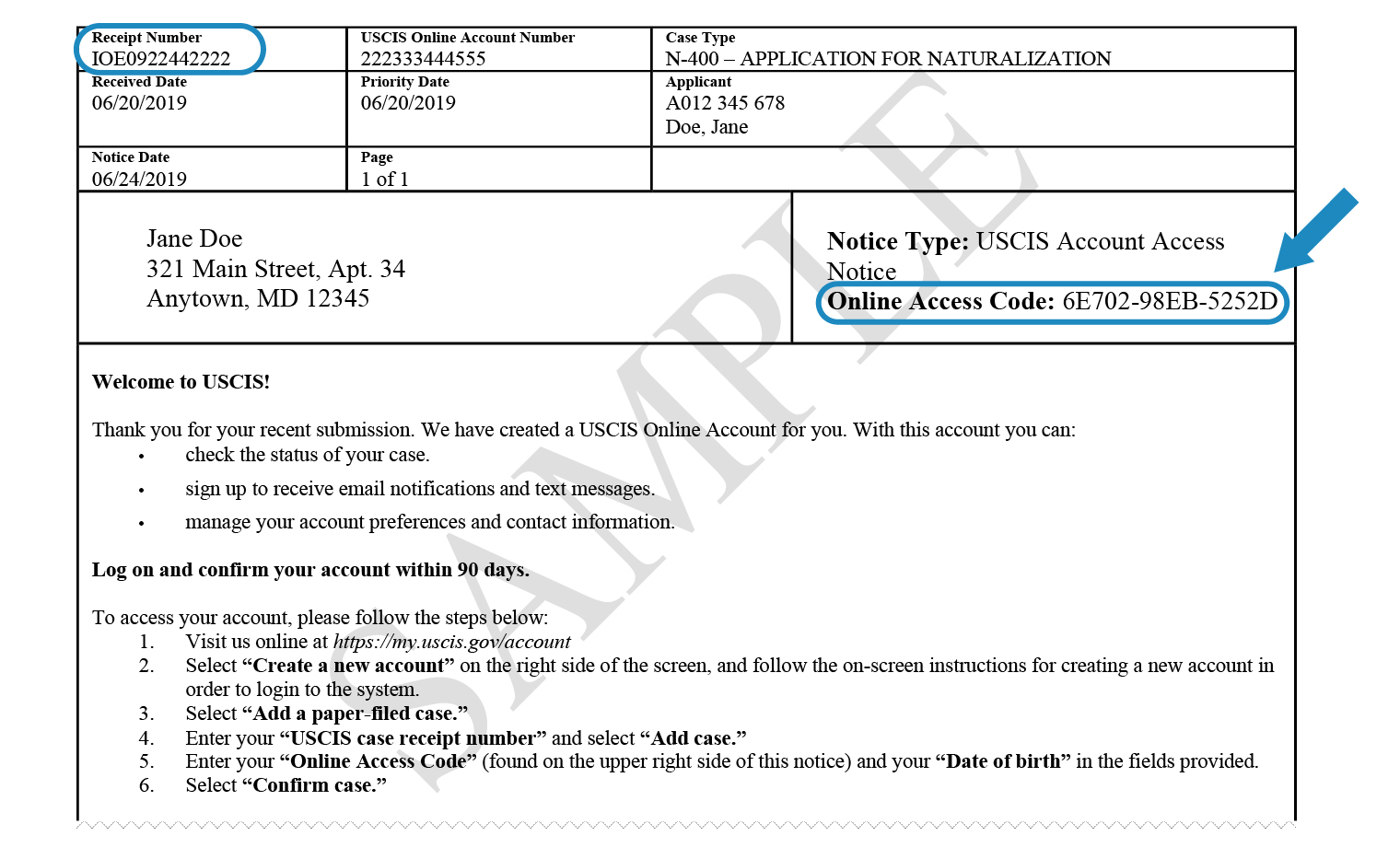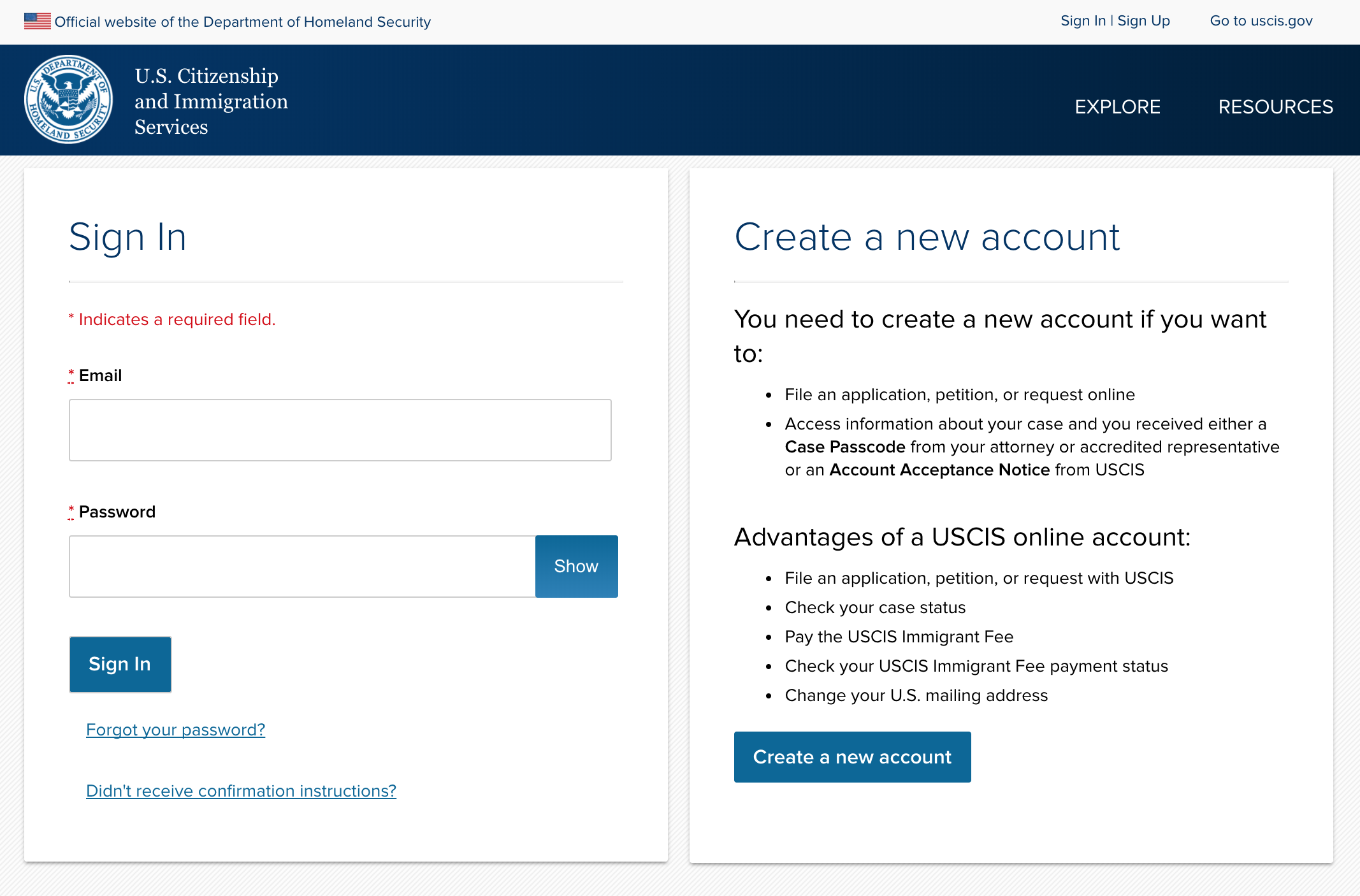5 Steps to Expect After USCIS Paperwork Submission

Submitting paperwork to the United States Citizenship and Immigration Services (USCIS) can feel like a monumental task, one that opens the door to future possibilities, whether it's for employment authorization, adjustment of status, or another immigration-related service. After you've mailed or sent your documents online, understanding what to expect next can help reduce anxiety and keep you informed about your application's progress.
Step 1: Receipt Notice

The first tangible sign that your documents have been received by USCIS is the Notice of Action (Form I-797C). This notice serves multiple purposes:
- It confirms that USCIS has your application.
- It provides a unique 13-character receipt number to track your case.
- It indicates the date USCIS received your documents, which is crucial for tracking the timeline.
Typically, this receipt notice arrives within 2 to 4 weeks after submitting your documents, depending on mail services and USCIS processing times.
Step 2: Biometrics Appointment

If your application requires a biometrics appointment, you’ll receive a Biometric Services Appointment Notice. Here’s what to expect:
- USCIS schedules an appointment for fingerprinting, photography, and signature collection.
- The notice includes the date, time, location, and instructions for your appointment.
- It’s vital to attend this appointment as it is part of the background check process.
Biometric notices usually come 3 to 5 weeks after the receipt notice. Missing this appointment can delay your application, so mark your calendar!
Step 3: RFE or NOID

Request For Evidence (RFE) or Notice of Intent to Deny (NOID) can occur if:
- USCIS needs additional evidence to make a decision on your case.
- There are inconsistencies or missing documents in your initial submission.
If you receive an RFE, you’ll have between 30 to 90 days to respond. Here’s what to do:
- Read the RFE or NOID carefully.
- Gather the requested documents or evidence.
- Respond within the specified timeframe.
A response or lack thereof will significantly affect your application’s outcome.
Step 4: Interview Notice

Depending on your application type, such as adjustment of status or naturalization, you might receive an Interview Notice. This step involves:
- Preparation for an in-person interview at a USCIS office.
- Notice will include the date, time, and address of the interview.
- It’s a crucial step in the adjudication process to review your case and ensure your eligibility.
Expect this notice 1 to 2 months after the biometrics appointment, though times can vary.
Step 5: Decision and Notification

Once USCIS has reviewed all the submitted evidence, conducted interviews (if necessary), and evaluated your eligibility:
- You’ll receive a decision notification by mail.
- If approved, your green card, employment authorization document, or other immigration benefits will be mailed to you.
- In case of a denial, the notice will explain why your application was not successful and any appeals or further actions available.
This final step can take months or even years depending on processing times and case complexity.
In conclusion, navigating the USCIS process requires patience and attention to detail. The journey from submission to approval can be filled with waiting, requests for additional information, and interviews. But each step moves you closer to your goal. Remember, tracking your case online, staying organized, and responding promptly to any notices can expedite the process and increase your chances for a favorable outcome.
How long does it typically take to receive a receipt notice from USCIS?

+
Usually, you can expect to receive your receipt notice within 2 to 4 weeks after submitting your documents, though times can vary based on mail services and USCIS processing times.
Can I change my biometrics appointment time?

+
Yes, if you’re unable to attend your scheduled biometrics appointment, you can request a reschedule by calling the USCIS Contact Center.
What should I do if I receive an RFE or NOID?

+
Read the RFE or NOID carefully, gather the requested evidence or address the issues raised, and respond within the specified timeframe to USCIS. Prompt response can significantly impact your application’s outcome.
What happens if my application is denied?

+
If your application is denied, the denial notice will provide reasons for the decision. You may have the option to appeal the decision, file a motion to reopen or reconsider, or reapply with additional evidence, depending on the specific immigration benefit in question.